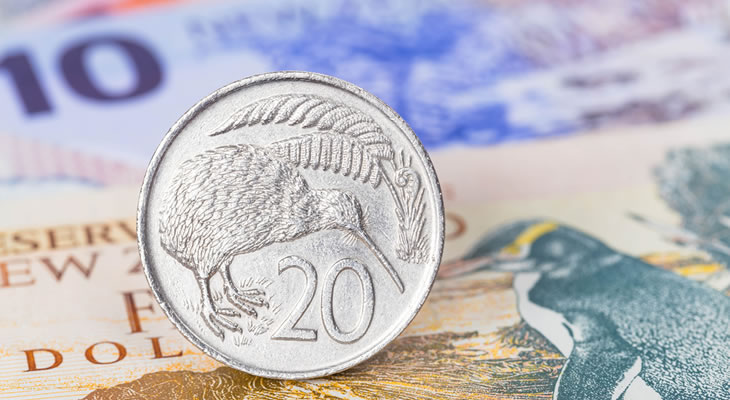The Pound New Zealand Dollar exchange rate has advanced this week despite Sterling’s own downside factors, after the Federal Reserve’s bullish 2017 outlook weakened risky currencies like the New Zealand Dollar (NZD). If the Fed’s tightening bias remains, GBP/NZD could recover significantly in the coming year.
Pound (GBP) Advances Limited by BoE Meeting and Brexit Jitters
Various factors have weighed on the Pound this week, preventing it from fully capitalising on the losses of risk-correlated currencies like the New Zealand Dollar.
UK data has been mixed and Thursday’s Bank of England (BoE) policy meeting didn’t offer anything for traders to look forward to.
Instead of reacting with hints of monetary tightening in reaction to the UK’s recent spikes in inflation, bank officials instead indicated that the increase in global inflation in 2017 would not necessarily lead to tighter monetary policy in the UK and that defending the UK economy from potential Brexit shock and uncertainty was still necessary.
This, as well as comments from EU leaders that a new UK-EU trade deal could take up to 10 years to negotiate, weighed on GBP demand towards the end of the week.
New Zealand Dollar (NZD) Held Back by Fed-Influenced Risk-Off Movement
The last week has been a bearish one for risk-correlated assets, after the Federal Reserve took a more bullish than expected outlook towards 2017 monetary policy.
Markets generally expected a US interest rate hike of 25 basis points from the Fed as well as indications of gradual tightening next year. Most analysts projected the Fed would hint at two rate hikes of 25 basis points each.
However, after the Feds meeting, policymakers were surprisingly hawkish and instead indicated there could be as many as three interest rate hikes in 2017.
This left the US Dollar surging and the concern of higher US interest rates dampened the appeal of high-yielding risky currencies like the New Zealand Dollar.
Commodity prices have also fluctuated in the last week, unsettling the New Zealand Dollar.
Pound New Zealand Long-Term Forecast: Will the Fed Remain Bullish?
Risk-sentiment outlook over the coming year now has a significant downside factor – the Federal Reserve’s vague three-hikes-forecast.
However, similarly to the Fed’s actions throughout 2016, the Fed projecting three rate hikes doesn’t mean there will be three. Policymakers had projected four rate hikes this year, after all; Wednesday’s was the first and only.
The Fed has been sure to warn markets about the uncertainty in the US economy in the coming year as the Donald Trump administration begins.
If Trump’s reflationary plans don’t stimulate the US economy as expected or have other adverse effects, the Fed will likely wind back its three-hike outlook.
Any doubt on the Fed’s likelihood to hike three times in 2017 will weaken the US Dollar and give the New Zealand Dollar a boost in demand – so it could be set to be a repeat of 2016 in that sense.
The main new downside risk to NZD trade is the possibility that Trump will genuinely worsen US-Asia trade relations. This would damage the economies of Asian and Australasian territories like New Zealand.
Risk-sentiment is a significant influence on currency trade, so the strength of demand for risk-correlated currencies will be one of the primary underlying factors for GBP NZD exchange rates in the coming year.
GBP NZD Interbank Rates
At the time of writing, the Pound New Zealand Dollar exchange rate trended in the region of 1.77, while the New Zealand Dollar Pound exchange rate traded at around 0.56.


Comments are closed.